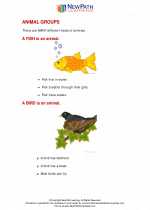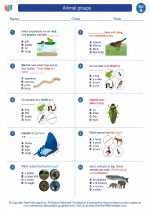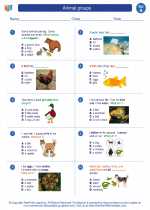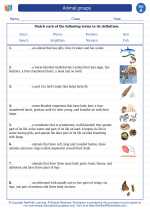Germination Study Guide
What is germination?
Germination is the process by which a seed begins to sprout and grow into a new plant. It involves the reactivation of the embryo within the seed, and the emergence of a root and shoot.
Conditions required for germination:
- Water: Seeds need water to begin the germination process. Water softens the seed coat and activates enzymes that begin the growth process.
- Oxygen: Seeds require oxygen for cellular respiration, which provides the energy for growth.
- Appropriate temperature: Different plant species have different temperature requirements for germination. Generally, most seeds germinate best within a certain temperature range.
- Light: Some seeds require light to germinate, while others may germinate in darkness.
Stages of germination:
- Imbibition: The seed absorbs water, causing it to swell and the seed coat to soften.
- Activation of enzymes: Enzymes within the seed are activated, initiating metabolic processes that break down stored nutrients, allowing the embryo to grow.
- Radicle and plumule emergence: The radicle (embryonic root) emerges first, followed by the plumule (embryonic shoot), which will develop into the stem and leaves of the new plant.
- Seedling growth: The seedling continues to grow, developing its root system and producing its first leaves, eventually becoming a mature plant.
Importance of germination:
Germination is crucial for the continuation of plant life cycles. It allows the formation of new plants, which contribute to the diversity and sustainability of ecosystems.
Germination experiment:
To observe germination in action, you can conduct a simple experiment using seeds, water, and soil. Place the seeds in damp soil, and observe the changes over several days. Record the stages of germination you observe, and note any differences between different types of seeds.
By understanding the process of germination, we can appreciate the remarkable ability of seeds to give rise to new life and the importance of this process in the plant kingdom.
.◂Science Worksheets and Study Guides First Grade. Animal groups

 Worksheet/Answer key
Worksheet/Answer key
 Worksheet/Answer key
Worksheet/Answer key
 Worksheet/Answer key
Worksheet/Answer key
 Vocabulary/Answer key
Vocabulary/Answer key
